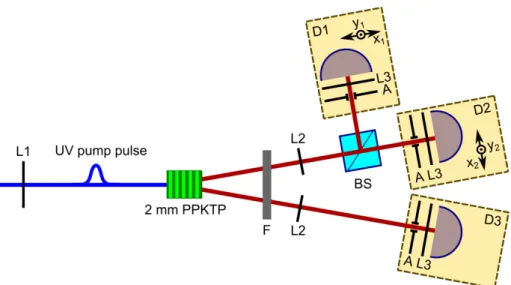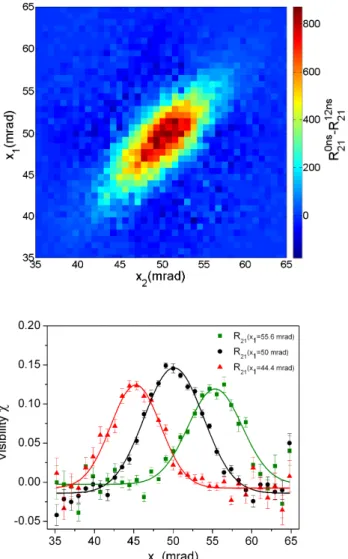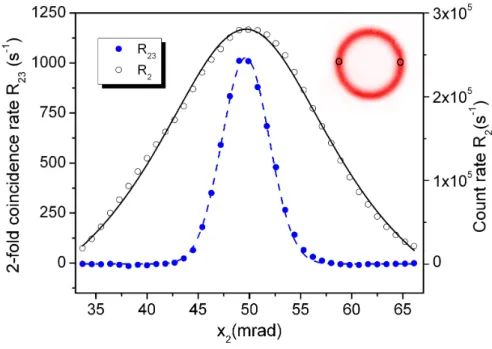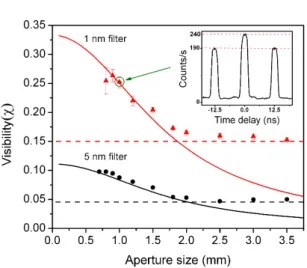If you use this style to prepare your thesis, please check regularly for updates to the files lion-msc.cls and the associated bibliography style file lion-msc.bst. On most systems it should compile if you include the 'lion-msc.cls' file and. If problems persist, check that you have all the necessary files in the right place, especially 'lion-msc.cls' and 'logo-leidenuniv.pdf'.
AlexanderPRA.tex LATEX file used as an example of a master thesis lion-msc.tex This file. If desired, this can be passed by including valid report class options to the lion-msc options. With lion-msc documentclass, most of the required information is entered in the beginning of the LATEX document (ie before\begin{document}).
You can also open lion-msc.cls in a text editor and search for these commands.
Using LyX
Installation
Some people don't like the default LaTeX indentation at the beginning of the paragraph. The results and data analysis of the original master theses have been reproduced, expanded and improved by S. The low conversion efficiency in non-linear crystals combined with the long coherence time of a continuous wave pump and ultra-short coherence time of the photon pairs ensure that most experiments are well described by interference of two photons from individual pairs [24].
These multi-photon states are interesting because they provide access to non-trivial entanglement between more than two particles [5, 9]. The production of these four photon states is enhanced by the physical process of stimulated emission of a second photon pair in the same optical mode as the first pair. For a multi-mode situation, the relative importance of the stimulated emission process is given by a "visibility"χ that varies from 0 to 1.
The distinction between two independent pairs and four-photon states has been addressed in the time domain using time-bin entanglement with a pulsed laser source [ 19 , 21 ]. The total number of modes is then given by the available timing modes and is directly related to the frequency bandwidth of the SPDC light compared to the frequency bandwidth of the pulsed laser source [21]. Such direct arrival time measurement would require detectors with high quantum efficiency and sub-picosecond time resolution, which is far beyond the reach of current single-photon detector technology [6, 10].
Instead, we use entangled multi-photon states in space that allow us to resolve the fine structure of the excitation. By using pinholes, the far-field moment resolution of the SPDC source can be made arbitrarily high. In an experiment, there is always a trade-off between the size of the pinhole and the collected signal, which determines the time required to measure the coincidence rates to a sufficient level of accuracy.
Stimulated emission of spatially entangled 4-photon states
The quadratic term gives rise to a state|Ψ4i with 4 photons containing all double-pair contributions, which can be represented using the same notation [21] as. The effect of stimulated emission follows directly from creation operators and is contained in the additional factor. A measurement of a single photon in a particular spatial state with wave vector qi determines the wave vector of the twin photon and corresponds to a state projection: aqi|Ψi.
The state projection allows us to calculate the probability of creating a single photon pair P2 as well as the probability P4 of creating a state with 4 photons in the same state. For a single spatial and temporal state, the probability P4 is exactly equal to P22 and is thus enhanced by a factor of 2 compared to stimulated emission of two photon pairs in the same spatial states. In a situation with more than one spatial state of interest here, stimulated emission increases the probability P4 by a factor of (1+χ), where χ is a "visibility" from 0 to 1 that quantifies the extra contribution to the 4 photon states due to stimulated emission.
Experimental investigation of 4-photon quan- tum correlations
Experiment
Photons are collected by the lenses L2 (f2 = 270mm) and detected by the detector assemblies D1-D3 which use photon counting APDs to detect individual photons in a given direction defined by the apertures A formed in the combined focal planes of L2 and L3 are installed. (f3 = 4.5mm). The beam splitter, BS, makes it possible to record whether two photons are in the same spatial mode. Correlations in the coincidences are due to 4-photon states created by the process of stimulated emission of photon pairs.
Each of these assemblies consists of an L3 lens (f3 = 4.5 mm), a far-field aperture to select the photon moment, and a single fiber-coupled (multimode) photodiode that counts avalanches ( Perkin-Elmer SPCM-AQ4C). The mode diameter of the fiber used in the experiments is 50 µm and the lenses L2 and L3 provide a magnification factor of 60×. The essential feature of the setup is that it allows us to distinguish a true 4-photon state from two independent pairs by detecting coincidences between two photons on the same arm, as introduced earlier for 4-photon states at that time. -domain [21].
For a very short laser pulse, the photons are created at a specific time, but the SPDC process becomes inefficient due to the broad spectral content of the laser pulse. In our study, the combination of the pulse width and band-pass filter selects ∼3 temporal modes, leading to a maximum possible visibility χ=0.5 for a single spatial mode. Under those conditions, the phase alignment in the crystal is only slightly affected by the pulsed laser and all frequency components of the laser pulse contribute to the efficient generation of SPDC light.
The pulsed laser beam was focused at the center of the crystal using an f = 250 mm lens. Data are collected using a 1 nm FWHM bandpass filter and a 1.5 mm aperture in the far field. The inset shows a far-field image of the SPDC light emitted by the PPKTP crystal at a temperature of 20 ◦C.

Quantum correlations at the two-photon level and num- ber of Schmidt modes
Please note that the uncertainty in the said center position is due to the fact that it is difficult to determine the absolute position of lens L2 on the optical table. The characteristic minimum of the sinc2 phase-matching curve commonly observed under continuous wave pumps is 'averaged' through the multiple frequencies available in the spectrum of the picosecond pulsed laser [12]. The measured double coincidence rate as a function of the position x2 of the detector is well described by a Gaussian (dashed line) with a width (FWHM) of 5.1±0.1 mrad, and a center position of 50±5 mrad. .
The observation that the coincidence rate peak is much narrower than the measured singles is a clear signature of two-photon correlations in high-dimensional Hilbert space. The ratio of the width of the singles versus the coincidences is a direct measure of the Schmidt number Kr of the (radial) spatial entanglement generated in the PPKTP crystal [4]. Based on the measured width of the coincidence and singles peak, we estimate a Schmidt number Kexp ≈2.9 ± 0.1 for the pulsed laser.
This estimate must be converted to a two-dimensional Schmidt number in order to compare this number with values given in the literature for continuous wave pumping. For this purpose, we introduce a second azimuthal Schmidt number Kφ, which is the ratio of the circumference of the SPDC ring, i.e. this value is somewhat lower than the value mentioned above, which we attribute to the fact that we have neglected the effect of the pulsed laser on the width of the SPDC ring.
A pulsed laser contains many pump frequencies, which gives a slightly wider ring and consequently causes an overestimation of the Kr value.
Observation of quantum correlations of 4-photon states in the spatial degrees of freedom
To get a measure of the number of coincidences due to spontaneous emission we introduce an adjustable electronic delay between detectors D1 and D2. The measured visibility as a function of the position of the two detectors, χ(x1,x2), can be interpreted as a joint spatial density of stimulated pair emission. The integration time per point was increased by repeated scanning of the detector in the x2 direction.
Measured joint spatial distribution of stimulated pair emission. a) False-color graph of the measured difference in coincidence rate (R0ns21 - R12ns21 ) as a function of the x1hex2 positions of detectors D1 and D2. The peak positions are shifted to detector position D1 so that the peak of the Gaussian appears at x1=x2. For uniform aperture illumination, one would expect the peak visibility to be independent of x1 position.
This case corresponds to a situation where the width of the SPDC ring, as given by the phase matching function, is much larger than the displacement at position x1. The total number of temporal modes generated is given by the frequency bandwidth of the SPDC light compared to the pulse frequency spread. The measured FWHM bandwidth of these filters is 4.6 nm and 1.5 nm, which extends the coherence time of SPDC light and limits the number of temporal modes to ~9 and ~3 respectively.
A measurement of the coincidence rate as a function of the electronic time delay is shown in the inset for a point with a relatively high visibility on. The visibility χ in the experiment is proportional to the inverse of the number of spatial and temporal modes, i.e. Throughout the experiment, Nt is determined by the FWHM of the bandpass filter and can be considered constant.

Conclusion
Acknowledgements
Realization of the Einstein-Podolsky-Rosen paradox using momentum and position entangled photons from spontaneous parametric downconversion. Theory of two-photon entanglement for spontaneous parametric downconversion driven by a narrow pump pulse.

